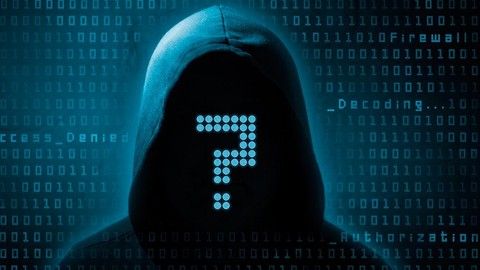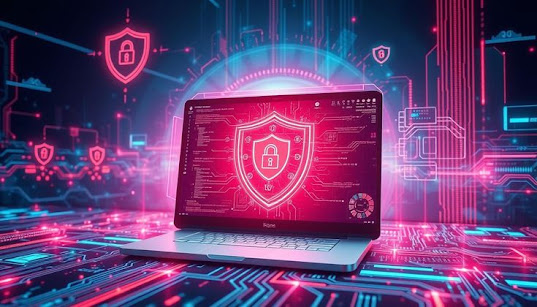Cybersecurity for Remote Work 2.0 in 2025
Cybersecurity for Remote Work 2.0: What’s Changed in 2025?
Introduction
Remote work isn't a trend anymore—it's the new normal. In 2025, cybersecurity for remote teams has become more critical than ever. With hybrid models and fully distributed teams, the threat landscape has evolved dramatically.
1. The Rise of Zero Trust Architecture
The traditional perimeter-based security model is obsolete. In 2025, organizations are shifting to Zero Trust Architecture (ZTA), which emphasizes "never trust, always verify".
- Identity Verification: Authenticate all users and devices continuously.
- Least Privilege Access: Users only get access to what they need.
- Continuous Monitoring: Detect anomalies in real time.
2. Enhanced Endpoint Security
Remote workers rely on various devices. This increases the potential attack surface. Endpoint security in 2025 is focused on:
- Multi-Factor Authentication (MFA)
- Endpoint Detection and Response (EDR)
- Automated Patch Management
These steps are vital to protect against malware and phishing attacks.
3. Securing Collaboration Tools
Zoom, Microsoft Teams, Slack—these platforms are critical. But they're also attack vectors. Ensure:
- Access Controls: Only authorized personnel can access sensitive meetings or data.
- Data Encryption: Protects communication and file sharing.
- Employee Training: Awareness is the best defense.
4. Addressing Insider Threats
Remote environments are prone to insider threats. These can be accidental or malicious. Top strategies include:
- User Behavior Analytics (UBA)
- Data Loss Prevention (DLP)
- Clear Policy Enforcement
5. AI and Automation in Cyber Defense
Cyberattacks are faster and more complex. Human-only teams can't keep up. That’s why companies are using:
- AI-Powered Threat Detection: Identify anomalies in seconds.
- Automated Incident Response: Contain threats instantly.
- Predictive Analytics: Stop breaches before they happen.
6. Strengthening Cloud Security
Remote teams use cloud platforms like AWS, Azure, and Google Cloud daily. Ensure:
- Secure Cloud Configurations
- Strong Identity and Access Management (IAM)
- Frequent Security Audits
7. Compliance and Legal Responsibilities
Governments are tightening data privacy laws. In 2025, companies must comply with:
- GDPR (Europe)
- CCPA (California)
- Local regulations based on employee geography
Failure to comply means hefty fines and loss of customer trust.
8. Passwordless Authentication
Passwords are weak. In 2025, the move to biometrics, tokens, and passkeys is accelerating. Benefits:
- Better User Experience
- Stronger Security
- Fewer Support Requests
9. The Role of Cybersecurity Training
Your best firewall is a trained workforce. Companies now require:
- Monthly phishing simulation tests
- Annual cybersecurity awareness certifications
- Role-based security education
10. Future-Proofing Your Remote Work Security
To stay ahead, you need to:
- Adopt emerging technologies
- Update policies regularly
- Plan for disaster recovery
Cybersecurity is not a one-time setup—it’s an evolving strategy.
Conclusion
Remote work isn’t going anywhere. And neither are cyber threats. By understanding the changes in cybersecurity for remote work in 2025, and implementing the right strategies—from Zero Trust to AI-driven defenses—businesses can thrive securely in the new digital landscape.



Comments
Post a Comment